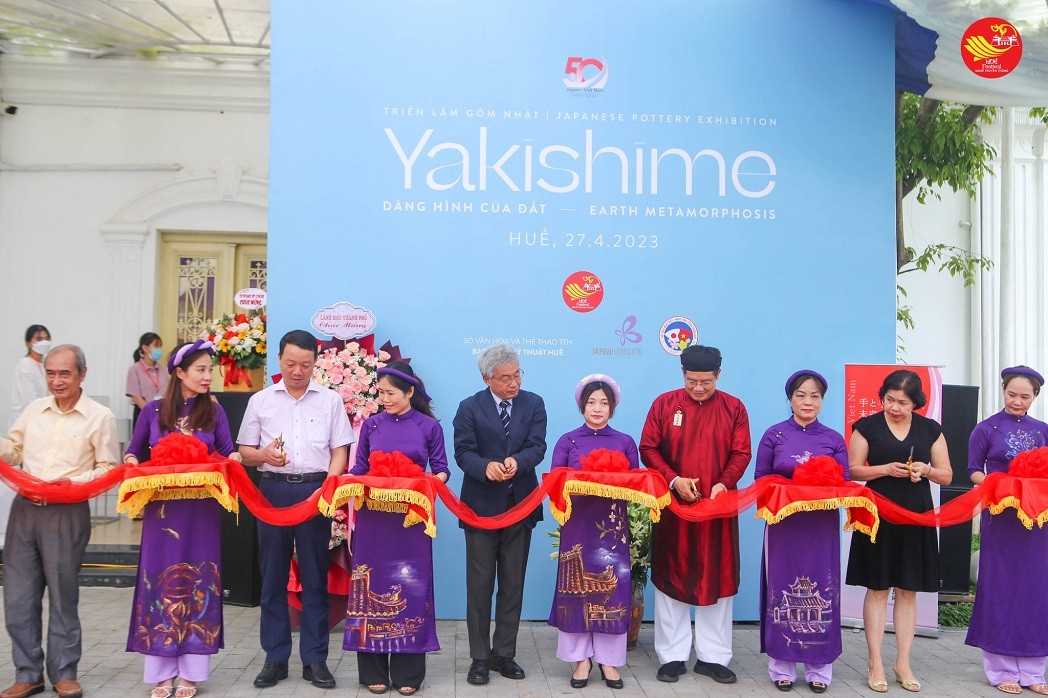 |
| The exhibition is expected to help the locals to have a better understanding about the creativity of the Japanese culture. |
The acclaimed Japanese pottery exhibition, “Yakishime – Earth Metamorphosis”, has made its way to Thua Thien-Hue in central Vietnam, following its successful run in Hanoi. The event was officially opened on April 27, as reported by the Vietnam News Agency (VNA).
The Japan Foundation Centre for Cultural Exchange in Vietnam, the Hue Fine Arts Museum, and the Thua Thien-Hue province’s Vietnam – Japan Friendship Association are joining forces to organize an event. This unique gathering will promote cultural exchange between the two countries and serve as a bridge of friendship.
Doi Katsuma, the director of the centre, declared that it is their hope that, by experiencing Yakishime ceramics, the Vietnamese public will gain an understanding of the vastness and originality of Japanese culture.
This exhibition is part of the Japan Foundation’s ‘Travelling Exhibition Program’, which showcases the unique arts and culture of Japan to global audiences.
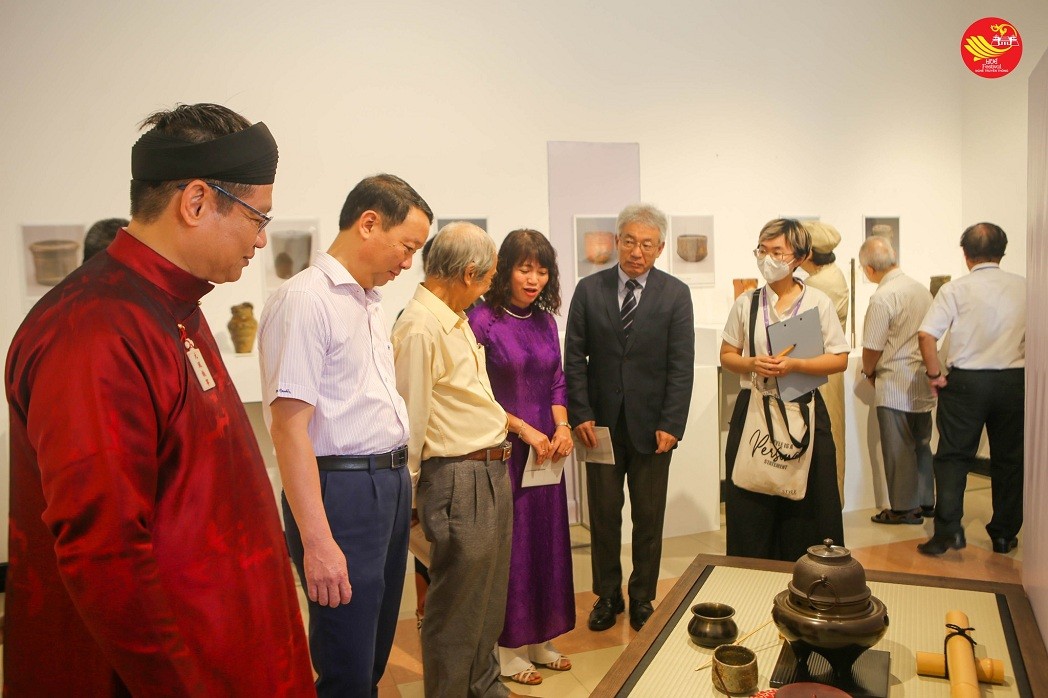 |
| Delegates learn about Japanese pottery products at the exhibition. |
The exhibition introduces the traditional Japanese ceramic technique known as Yakishime. This technique involves firing unglazed ceramics at extremely high temperatures, creating a unique style of pottery. Over the centuries, Yakishime has been developed into various distinctive forms across Japan.
This exhibition delves into the history of yakishime as an essential component of Japanese culture, ranging from its earliest introduction to modern-day creations. On display are pieces crafted for the tea ceremony, tableware, essential items for serving Japanese cuisine, and a selection of non-utilitarian objects created by contemporary ceramics artists who specialize in yakishime. This exhibition examines yakishime as an element of traditional Japanese culture from its earliest origins to contemporary works. It includes pieces made for the tea ceremony, tableware, essential items for serving Japanese food as well as a wide range of non-utilitarian objects created by contemporary ceramics artists who work with yakishime.
The display intends to familiarize local people with Japanese culture by taking an in-depth look at Yakishime, from its earliest examples to modern-day creations.
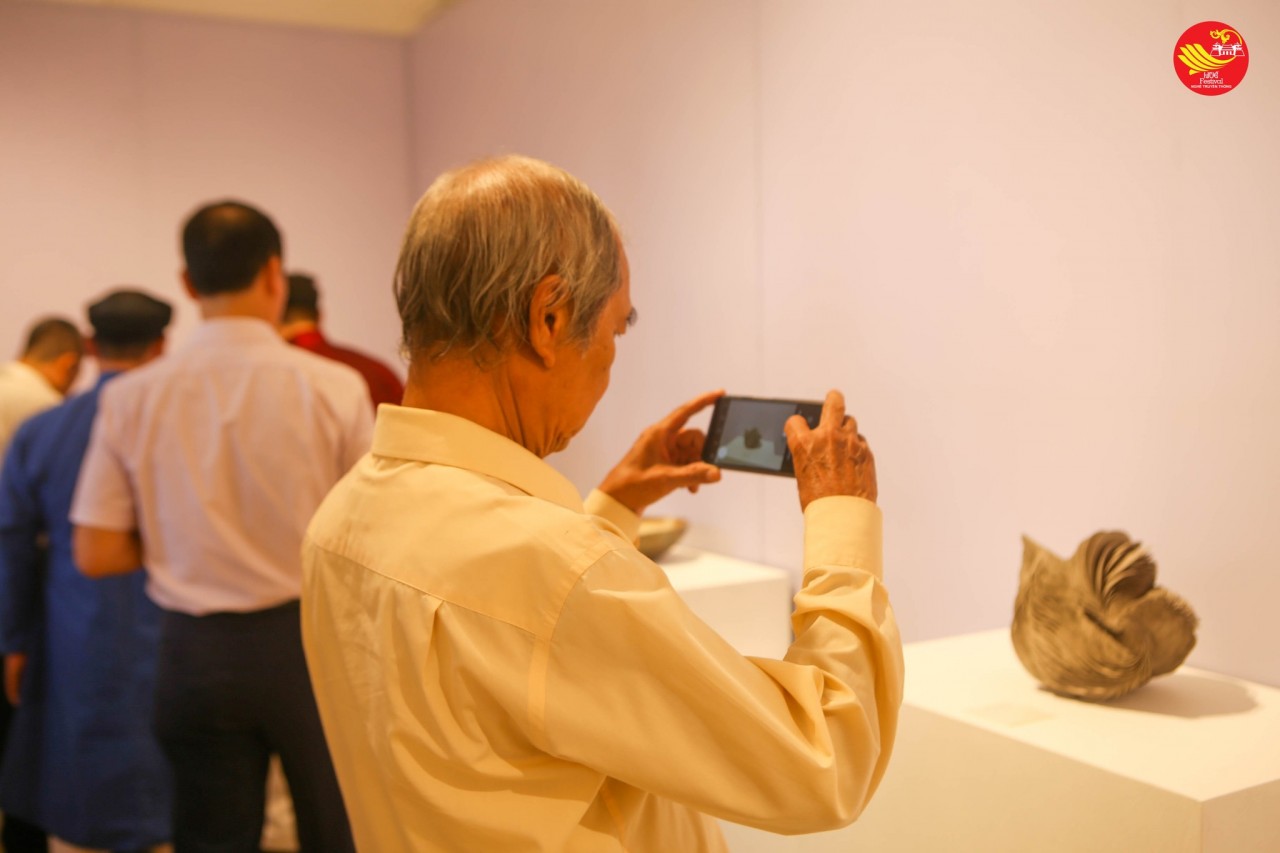 |
| A visitor takes photo of Japanese pottery product at the exhibition. |
Phan Thanh Hai, Director of Thua Thien-Hue Department of Culture and Sports, stated that the exhibition is part of the 9th traditional craft festival hosted by Thua Thien-Hue to commemorate the 50th anniversary of diplomatic relations between Vietnam and Japan.
The exhibition will be open to the public until May 14th at the Diem Phung Thi Art Center, located at 17 Le Loi Street in Hue City.
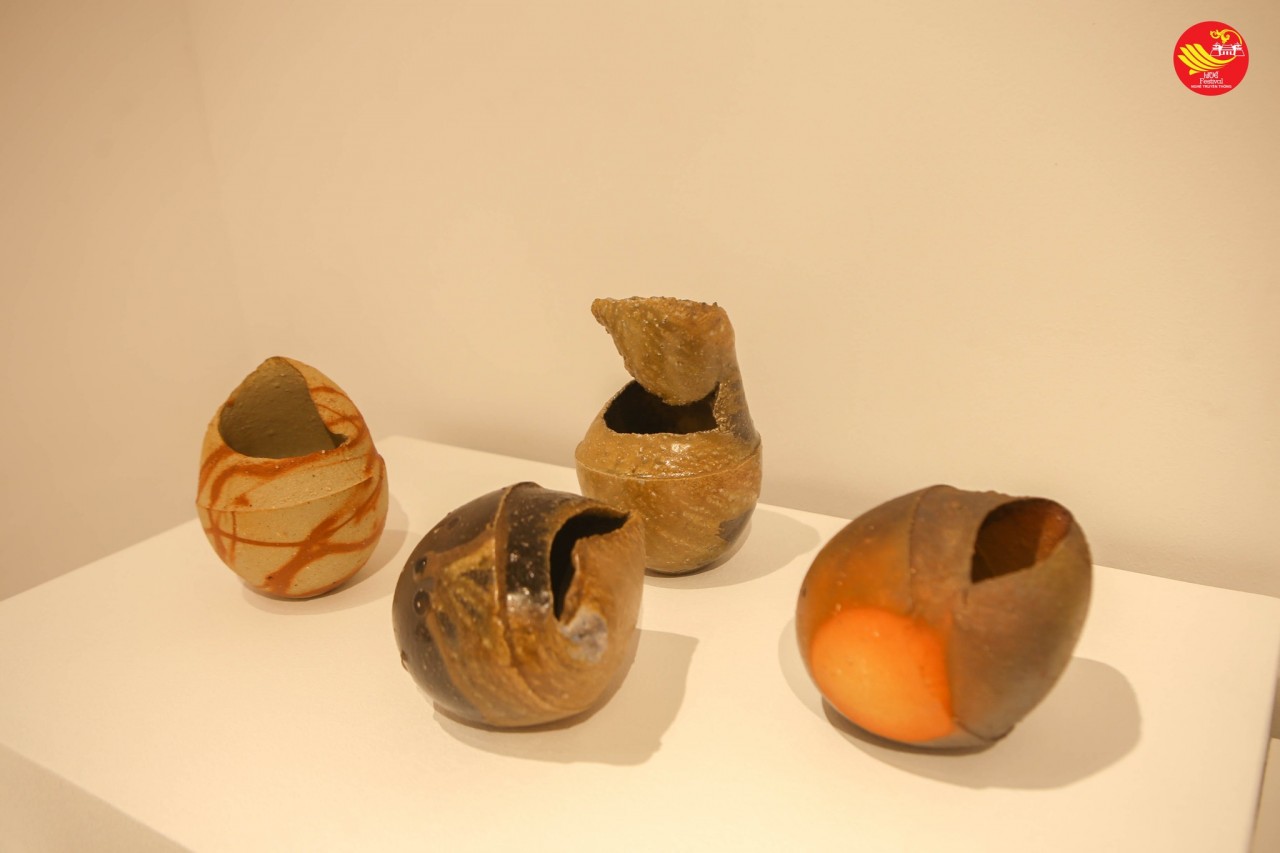 |
| The display aims to introduce local people to Japanese culture by examining Yakishime from the earliest examples to contemporary works. |
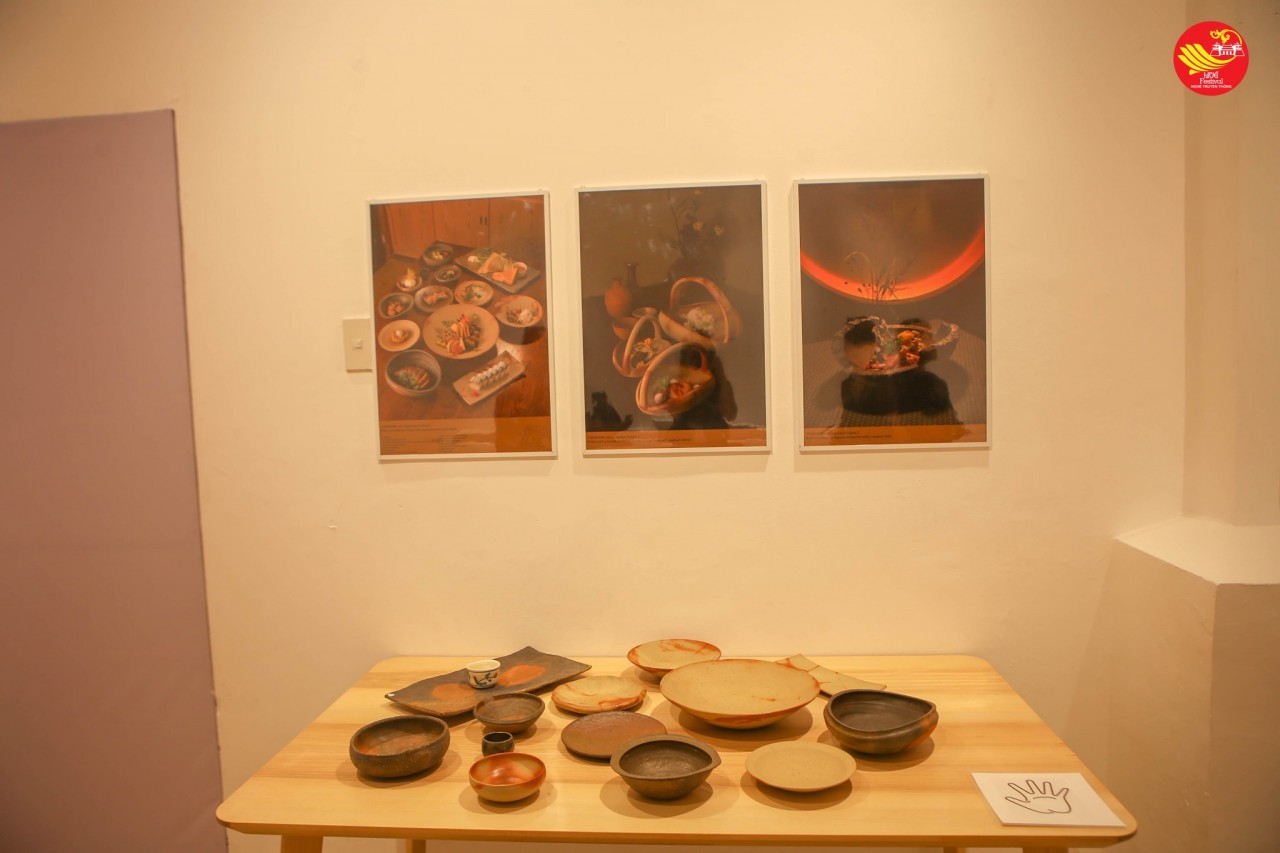 |
| Yakishime, firing unglazed wares at high temperatures, is said to be one of the most basic means to produce ceramics. |
Japan has a long and distinguished history of producing ceramic wares. The yakishime technique, in which unglazed pieces are fired at extremely high temperatures of 1,200-1,300˚C, is a unique and highly esteemed form of ceramic art.
Yakishime is a type of primitive Japanese pottery which has been around since the Middle Ages. It has developed in many different directions and continues to be produced even today.
The process of Japanese pottery-making dates back to as early as the 4th or 5th century. In the 17th century, it became a staple of the Japanese ceramic repertoire, and still is today in the output of major pottery centers such as Bizen, Shigaraki, and Tokoname.
The high-firing process produces vitrification, or glassiness, and a rough, earthy surface punctuated with patches of brilliant sheen and vibrant color. Moreover, it makes the results unpredictable, thus presenting a challenge to the ceramist to retain control over the delicate transformations of the clay.
Previously, this exhibition was held in Hanoi in the beginning of April, and in other countries around the world.



